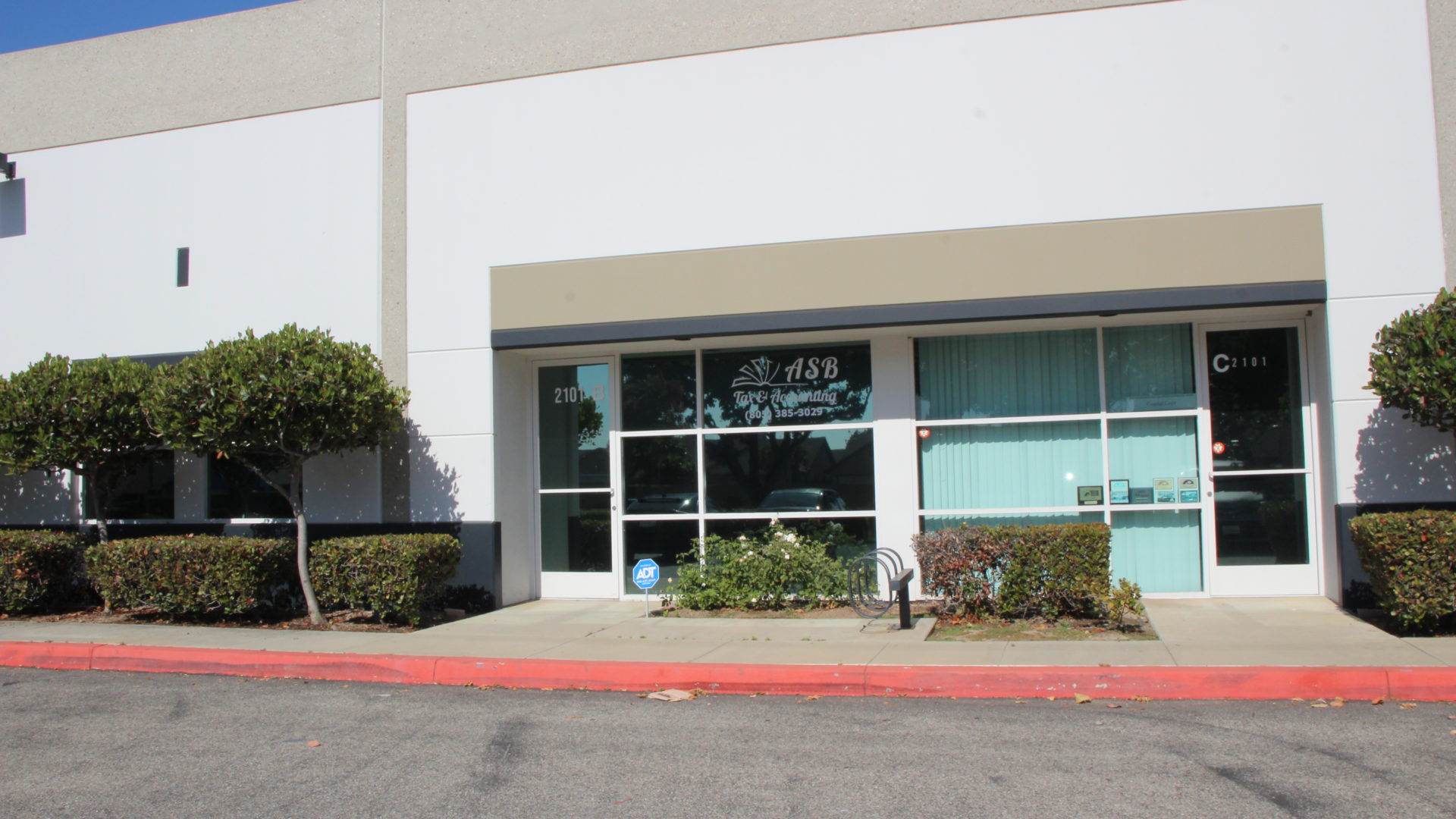How to save for an emergency fund in six months
Saving for an emergency fund is one of the most important financial decisions you can make to protect yourself against unexpected events. An adequate emergency fund provides security and peace of mind in the event of job loss, medical emergencies, or unexpected repairs. Although the process may seem challenging, with the right strategy, it is possible to save enough in just six months.
The first step to saving for an emergency fund is to set a clear, specific goal. Most financial experts recommend saving between three and six months of basic expenses. These expenses include housing, food, transportation, and utilities. To determine how much you need to save, calculate how much you spend each month on these essential categories. Multiply that figure by the number of months you want to cover, and that will be your ultimate goal.
Once you’ve determined your goal, it’s important to review your current budget. Identify areas where you can cut unnecessary expenses or make temporary adjustments to free up more money each month. This can include cutting back on eating out, limiting impulse purchases, or finding cheaper alternatives for entertainment. This extra money can be redirected directly into the emergency fund , which will speed up the savings process.
Opening a separate savings account is a great way to make sure that funds earmarked for your emergency fund don’t get mixed in with your regular expenses. Keeping money in a separate account helps prevent the temptation to spend it and makes it easier to track progress. Plus, some savings accounts offer interest, which can make your money grow a little bit more over time.
Another effective tactic is to automate the savings process. Set up an automatic transfer from your checking account to your savings account every time you receive your paycheck. By doing this, you ensure that a portion of your income goes directly into your emergency fund before you have a chance to spend it on other things. Automation is key to staying consistent and reaching your goal within six months.
Finding ways to increase your income during this period can also be helpful in accelerating your savings. If possible, consider taking on extra jobs, selling items you no longer need, or looking for freelancing opportunities that can bring in additional income. Any extra money you earn can be deposited directly into your emergency fund to help you reach your goal faster.
It’s important to keep in mind that short-term sacrifices are necessary when you’re trying to save a significant amount in a relatively short period of time. During the six months that you’re saving for your emergency fund, you might have to give up some luxuries or temporarily change your lifestyle. However, remember that the long-term reward is financial stability and the ability to deal with emergencies without falling into debt.
Throughout this process, it’s also essential to monitor your progress regularly. Check your savings account at least once a month to make sure you’re on track to reach your goal in six months. If you notice you’re falling behind, review your budget and see if you can make additional adjustments to save more. Staying proactive and flexible will help ensure you achieve your goal.
Once you’ve reached your goal, it’s important to keep saving in the habit. An emergency fund is a vital tool, but additional savings can help you plan for the long term and meet any other financial challenges. If you’ve already established this habit, you might consider increasing your fund to cover more months or start saving for other goals, such as retirement or a vacation.

